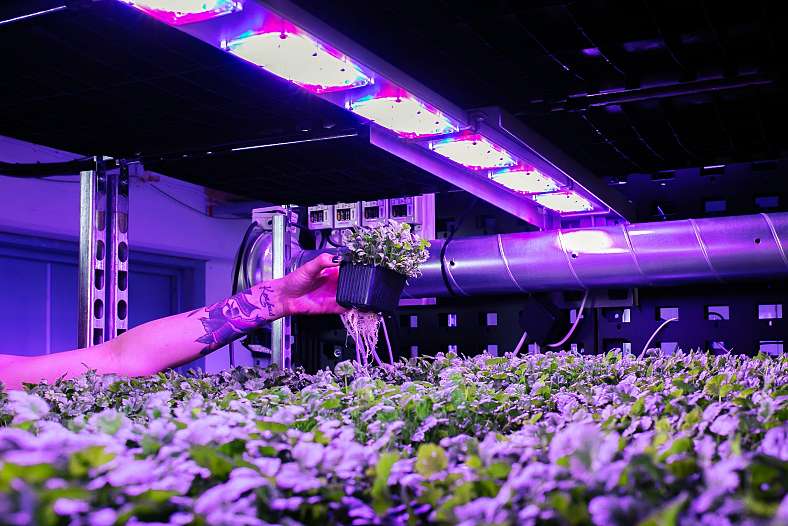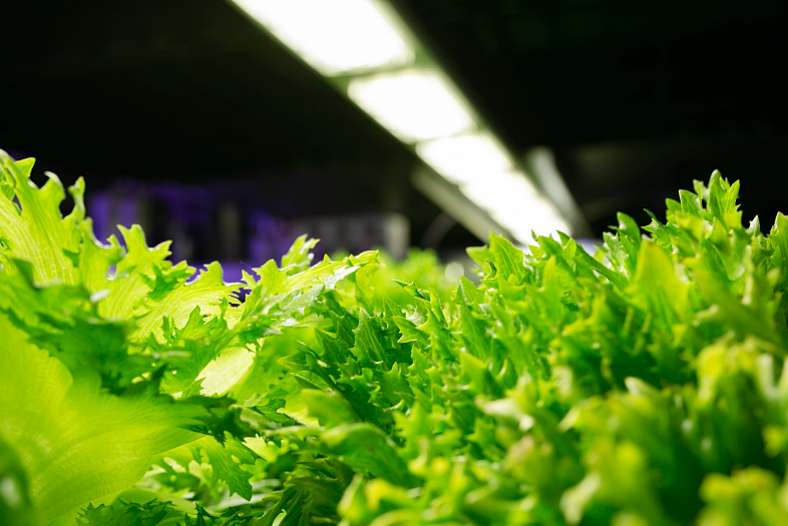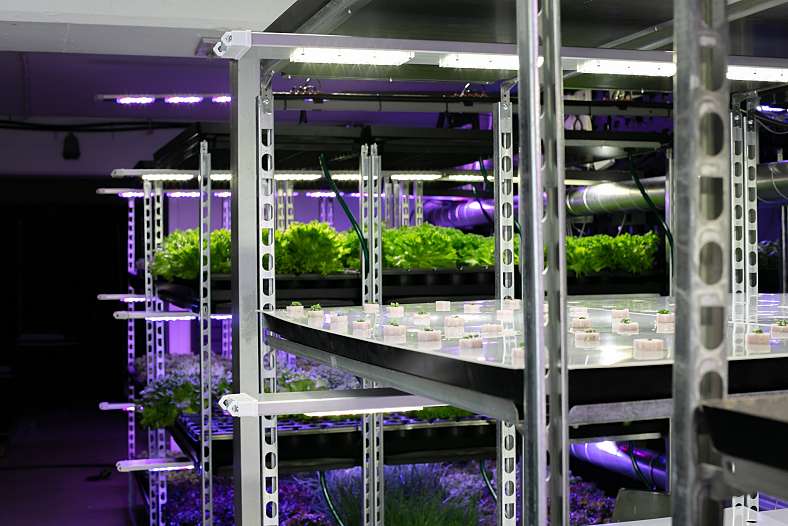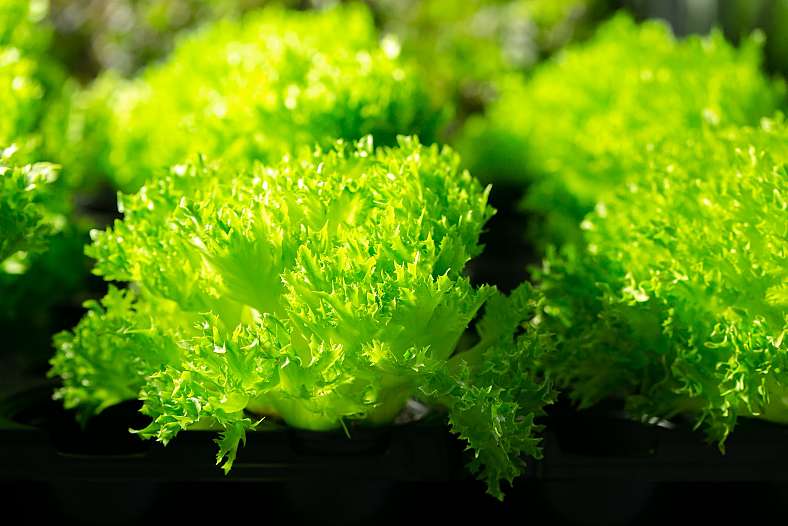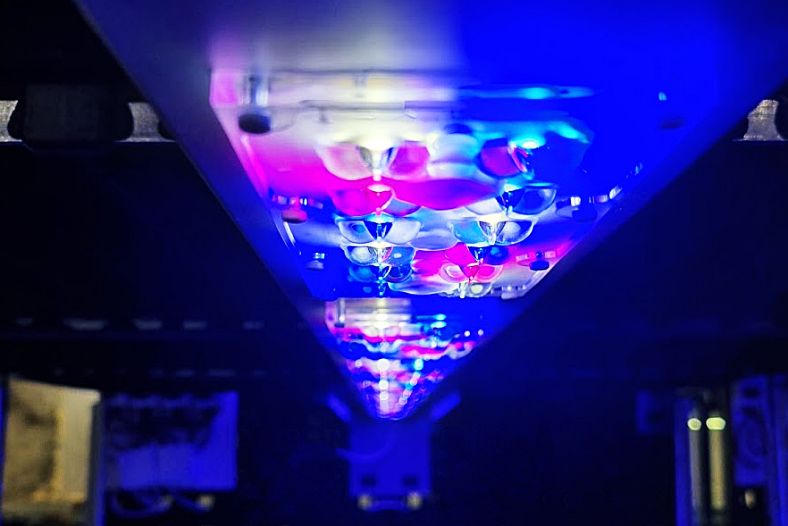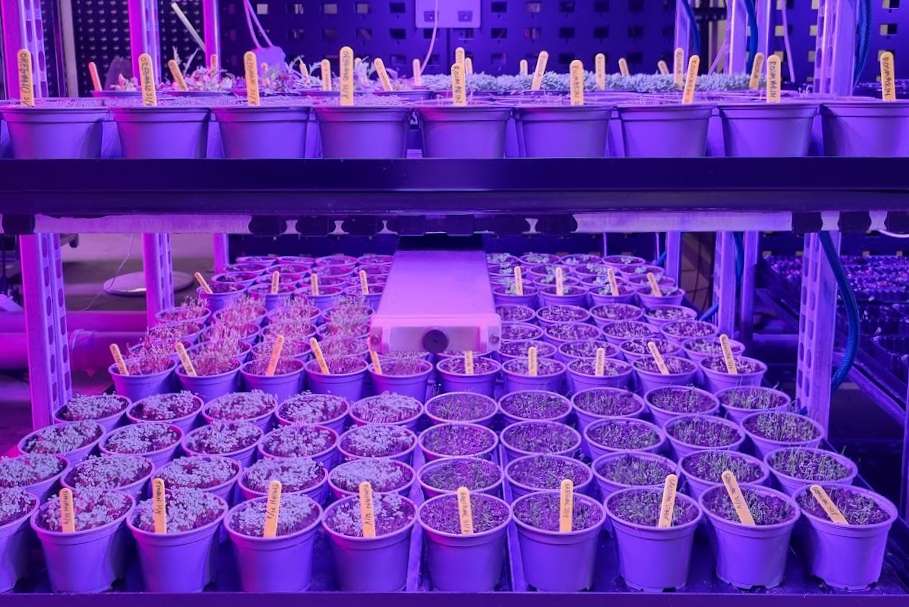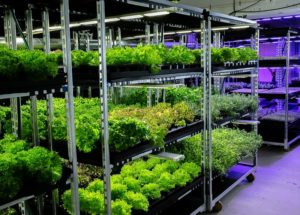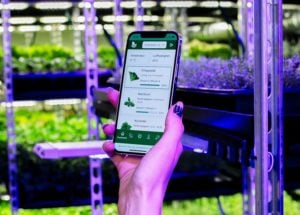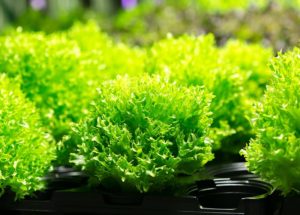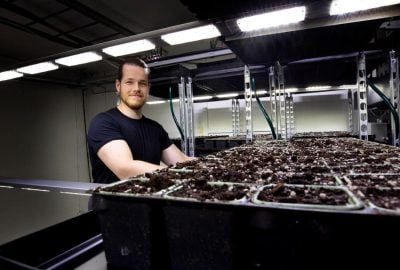Controlled-environment agriculture (CEA) is on the rise worldwide, and it’s growing fast. Industry giants are investing heavily in technologies that support CEA. You’ll probably recognize some of the most prominent figures, such as Bill Gates (Microsoft), Jeff Bezos (Amazon), or Masayoshi Son (Softbank, Japan). Why did CEA pique their interest? That’s what we’re here to find out:
Considering the developments in America, Asia, Germany, and France, the CEA industry seems to be on the brink of massive global expansion. Even in our native Norway, things are starting to happen.
In 2021, Onna invested 60 million NOK ($ 6.15 million) in Norway’s biggest vertical plant factory. Onna’s primary goal was to increase the production of locally grown vegetables. Their plant factory can produce 350 tons of salad per year.
It was a kick in the butt for the Norwegian CEA industry. Still, Norwegian investors are being careful. The question is, is it wise to act now or ride on the coattails of the coming CEA wave?
Contents
- What is CEA? (Controlled-environment agriculture)?
- Controlled-environment agriculture grows fast on all continents
- Environmental breakdown demands new solutions, CEA answers!
- CEA: A focal point of future technology
What is CEA? (Controlled-environment agriculture)
CEA stands for controlled-environment agriculture. It’s a blanket term that covers vertical farming, indoor agriculture, and technology developed specifically for CEA. In a nutshell, there are two main areas of development: Plant growth systems and computer systems for plant growth automation.
Controlled-environment agriculture uses growth techniques such as hydroponics, aeroponics, and aquaponics to make plant growth as effective as possible. Read more about these techniques in our article about how to start vertical farming.
The main advantage of controlled-environment agriculture is better plant growth control. This allows for astonishing plant optimization and much more stable crop cultivation than possible in traditional agriculture.
More importantly, CEA has the potential to deal with many environmental problems, both current and upcoming. The combo of sustainable and profitable plant growth has piqued the interest of investors worldwide.
Where it all may end is hard to predict. The only thing we know for sure is that controlled-environment agriculture is growing fast worldwide.
Controlled-environment agriculture grows fast on all continents!
In the summer of 2021, a rapport called The State of Indoor Farming informed that indoor plant growth was carried out on 1,5 million km2 worldwide. By 2022, it was expected to become more than 2 million km2, which is to say more than 25 percent global growth.
Controlled-environment agriculture grows especially fast in Asia. The rapid growth is partly attributed to governmentally subsidized farming communities. Many Asian countries aim to promote their local food industry.
Singapore and The United Arab Emirates have some of the fastest-growing CEA industries in the world. However, Japan is still taking the lead on controlled-environment agriculture in ASIA. It is not strange that Japan is in the lead, considering that they have developed much of the latest CEA technology.
The Japanese government invests heavily in controlled-environment agriculture. Now, we see countries following in their footsteps all over the world. As of 2022, several governments in Southeast Asia, the Caribbean, the USA, and Europe fund research and startups in the CEA industry.
Controlled-environment agriculture is expected to grow up to 30 percent in the Asia-Pacific region by 2026. As a result, many local wholesalers and related businesses have started to prepare for a shift in the plant industry. More and more companies are restructuring their businesses, making them ready for vertical farming commerce.
Thanks to technological innovation, CEA has developed from a promising theory to a fast-growing force in the food industry. Controlled-environment agriculture won’t take over traditional farming, but there will soon be a shift of balance in the plant growing market.
The current developments in the Asia-Pacific region are a good indication of what to expect in all corners of the world. Controlled-environment agriculture offers a brighter, healthier, and more sustainable way of life. Now, who doesn’t want that?

Environmental breakdown demands new solutions, CEA answers!
According to Newbean Capital – an investment adviser in the CEA industry – rapid growth in the Asia-Pacific region was caused by a series of environmental and health issues.
Massive emissions of greenhouse gasses, extended use of chemicals, and some rather shocking incidents have increased the demand for a plainspoken food industry.
As a result of the milk powder scandal of 2008, Chinese consumers demand better food labeling. The scandal was caused by Chinese suppliers who added a synthetic plastique material called melamine to their powdered milk.
It ended with 1300 hospitalized infants. After that, safe food production has become a national concern. Chinese consumers will no longer kowtow to careless food producers. They demand to know where their food comes from, who made it, and what it contains.
In Japan, the Fukushima incident had a similar effect. Following the 2011 earthquake and subsequent tsunami, Fukushima suffered one of the most severe nuclear catastrophes in history.
As a result, Japanese consumers became much more aware of their consumed food. At the time, people worried about radiation poisoning. Even though local food production is back to normal in Fukushima, consumer awareness persevered.
CEA moves toward new and improved plant growth methods
Scandals and natural disasters might have sped up CEA development in Asia. However, increasing awareness about health and the environment is global. More and more people realize the benefits of conscientious eating, and food labeling has become a crucial marketing factor.
Fresh, pesticide-free produce is in higher demand than ever before, and the trend is increasing by the minute. Even though controlled-environment agriculture is further developed in Asia than anywhere else on the planet, Newbean is sure that growth will reach new heights in the years to come.
Controlled-environment agriculture makes it easier to identify and label plant growth. This gives CEA an edge since it caters to the information needs of the consumers. Controlled-environment agriculture also has the advantage of avoiding most chemicals and pesticides.
New plant growth methods enable farming communities worldwide to take up the fight against unhealthy and non-sustainable food production. Plant science has come a long way, but researchers on controlled-environment agriculture still have a lot to accomplish.
CEA: A focal point of future technology
It might sound like science fiction, but the fact of the matter is that robotics and artificial intelligence are key components of CEA.
So-called plant recipes are used for digital plant growth surveillance. The plant recipes tell the computer system how to maintain the correct temperature, irrigation, and lighting.
The computer system runs diagnostics and records results. That way, you’ll know which conditions are best for plant growth in your particular growth system. This can then be adjusted to improve nutritional levels and taste.
Yes, you can fine-tune your plant growth’s taste and nutritional values!
Robotics aid you along the way and allows for minute changes to ensure plant optimization. This enables you to keep the plant growth stable and replicate your best results with surgical precision.
Related article: Vertical farming vs. traditional farming
Benefits of controlled-environment agriculture
The accuracy offered by controlled-environment agriculture brings down your resource expenditure in most areas of production.
Compared to traditional farming, CEA only uses 5 percent of arable land. In addition, almost all water is recycled into the system, and plant nutrients are made much better use of.
Moreover, you rarely need to consider weather conditions or pests in CEA since the facility itself protects the plants from most dangers.
In principle, controlled-environment agriculture can be performed anywhere, anytime. If set up correctly, the growth conditions will be stable year-round.
You can also automate production using cutting-edge computer systems. This means that you can drastically reduce the workforce and produce copious amounts of plants at a low cost.
The future of CEA hinges on LED technology
More critical than cutting-edge CEA technology is the development of LED growth lights. New LED technology has brought down the cost of controlled-environment agriculture over the last decade and will continue to do so in the future.
Before LED became affordable, indoor farmers used so-called HPS or MH grow lights. Read more about these grow lights in our article about why LED is best for plant growth. The point being that HPS and MH were much less cost-effective.
HPS and MH grow lights used more power and were not nearly as adjustable as LED grow lights. Luckily, the time has come when LED allows for next-level plant optimization.
In other words, the development of more efficient LED technology was crucial for controlled-environment agriculture.
Researchers are currently working hard to bring down the cost of LED grow lights even further. The odds are that when they achieve this, vertical farming will take off and become a staple of our food industry.
Related article: Vertical farming vs. traditional farming
Controlled-environment agriculture improves every day
The CEA industry is booming like never before. It’s still a young industry, which is a huge advantage. Controlled-environment agriculture is already doing quite well internationally, and there is still room for improvement in most production areas. Imagine how well it will do once the kinks are ironed out.
CEA technology is constantly developing and improving. At the moment, much effort is put into camera and sensor development for the computer systems to better interpret the various cycles of plant growth.
Also, the development of robotics for plant factories looks very promising. Soon, it will enable automation of larger parts of the process, including harvesting and plant maintenance during all growth cycles.
No one knows what the future brings, but you can be sure that Controlled-environment agriculture will keep growing in the years to come. The question is, to what extent will CEA take over plant growth, and how involved will you be in this overtaking?
If you have any more questions about controlled-environment agriculture, we suggest checking out this article about vertical farming’s transition from concept to profit.

Conclusion
Technology development is an important factor when it comes to the rapid growth in the CEA industry. It started with innovative ideas for indoor plant growth, which drastically reduced the need for arable land.
Moving plant growth indoors came with many benefits. For instance, it allowed farmers to focus on plant quality rather than worrying about pest prevention, plant diseases, and harsh weather conditions.
The next step was developing robotics for increased plant growth productivity and automation. According to Newbean, controlled-environment agriculture will soon take another leap forward and strengthen its foothold around the globe.
We can expect to see a better synergy between technology developers and suppliers of plant growth systems. Bigger industry networks around the globe will pave the wave for large-scale sales and more profitable plant productions.
Over time, these developments will create competition in the CEA market. This will force plant factories to bring down their prices, which in turn will make indoor plant growth very competitive in the plant growth industry in general.
Related article: Why invest in vertical farming?
Resources
AgFunderNews: Consumer Demand For ‘Clean Food’ Driving Asia’s Indoor Agriculture Market – breaking report
Agweek: The cutting-edge technology that will change farming
Hortibiz Daily: Vertical farming and the future of automation in agriculture
HortiDaily: The CEA space expected to grow heavily in 5-10 years
Nationen: Bygger Norges største vertikale gård
United States Department of Agriculture: Advances in greenhouse automation and controlled environment agriculture


